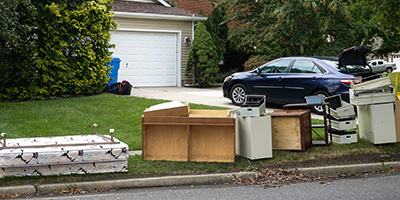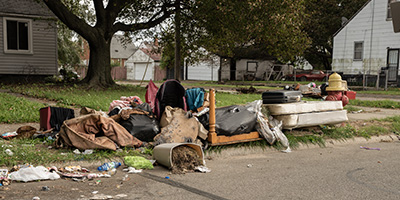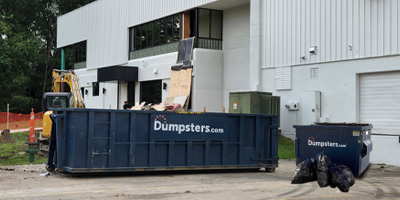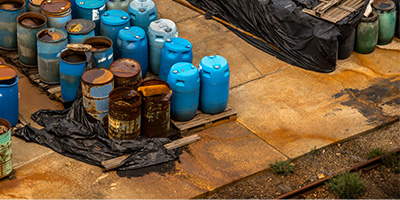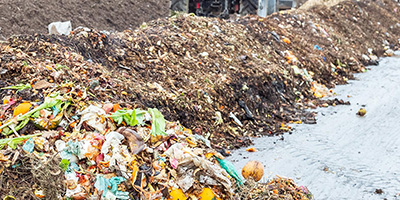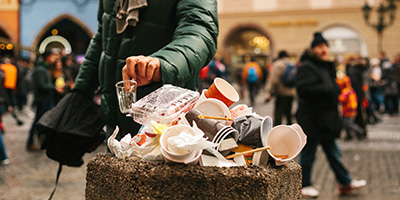What Really Happens at Waste Transfer Stations
Learn where trash goes after it leaves the curb and how it's handled.
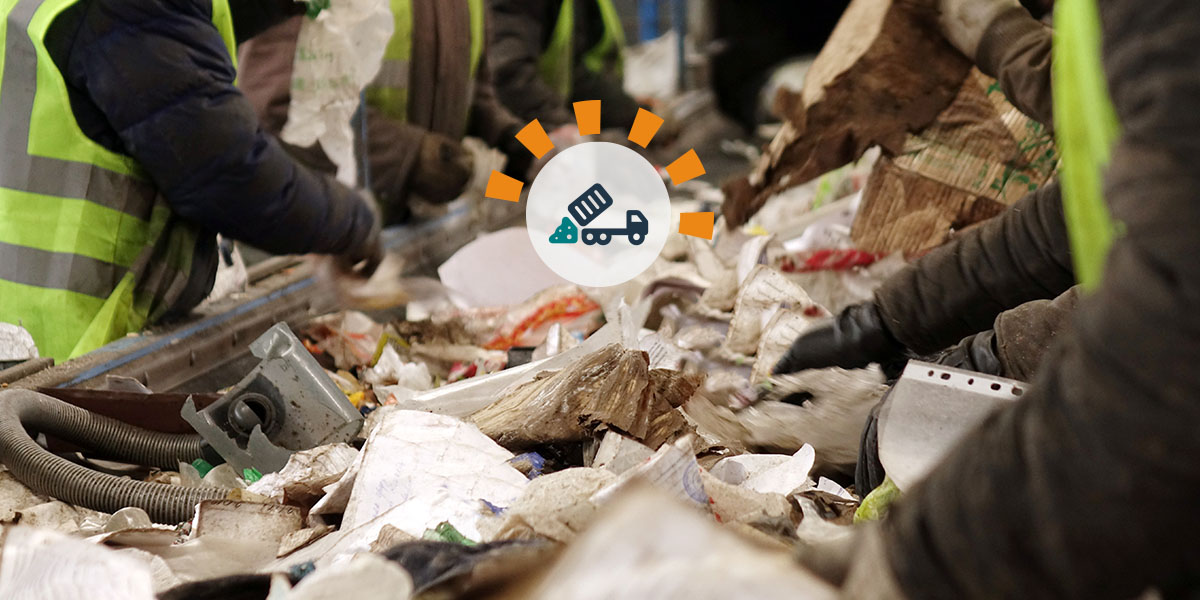
Why Waste Sorting Matters
Trash. It’s a part of everyday life, whether you’re tossing an empty bag of chips or getting rid of an old loveseat. It’s easy enough to see where garbage comes from, but what happens after you lug it down the driveway on pickup day?
More often than not, your trash is headed straight to a waste transfer station. From there it will be sorted, compacted and shipped off to an endpoint. You might be wondering what exactly happens at local transfer stations, and we spoke to James Neely from the King County Solid Waste Division to find out.
What Is a Waste Transfer Station?
Waste transfer stations are industrial facilities where municipal solid waste, or MSW, is temporarily held and sorted before heading to a landfill or waste-to-energy plant. Garbage trucks that run city routes drop off their trash here before it’s loaded onto larger vehicles and shipped off.
Transfer stations often operate hand-in-hand with material recovery facilities or MRFs. This allows them to remove recyclable items from the trash. Items processed at these waste management stations can be taken to the following endpoints for disposal:
- Landfill
- Incinerator or Other Waste-to-Energy Plant
- Hazardous Waste Facility
- Recycling Center
“Where waste ends up depends on the city and county,” explains Neely. “Our waste goes to an MSW landfill, but in Spokane, they have an operational energy recovery facility.”
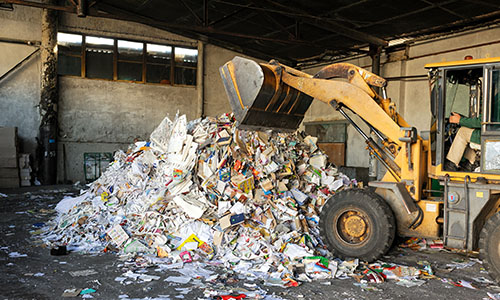
What Happens at a Transfer Station?
Workers at local transfer stations sort the garbage dropped off by delivery trucks. Items that aren’t accepted at local landfills, such as batteries or other hazardous items, are removed before the remaining materials are compacted and reloaded onto trucks, trains or barges to be taken to a final destination.
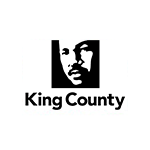
“Waste transfer stations are geared primarily towards disposal. We do what recycling we can, but we’re not ripping open bags and processing all of the waste that comes through. Our focus is on getting recyclables out of the waste stream earlier in the process and have them managed separately from waste.”
How a Transfer Station Works in 4 Steps
There’s a standard process that most delivery trucks follow when making a scheduled stop.
1. Arrival
Trucks are directed to a scale house when they arrive at the transfer station. They are weighed, and tipping fees are applied when necessary. If your community’s waste transfer station allows residents to drop off waste themselves, there will be a separate scale from the one used by commercial vehicles.
2. Unloading
Depending on the station, trucks will unload trash either directly into another vehicle, onto the floor inside the building or into an open pit. When it’s not transferred directly onto a new vehicle, equipment like cranes and bulldozers move trash around the facility.
3. Sorting and Processing
If the waste transfer station is connected to a materials recovery facility, waste will be sorted and screened to collect any recyclable items and remove them from the waste stream. Workers will also do a screen for any hazardous waste or unauthorized items to dispose of separately.
4. Compacting and Reloading
After waste has been sorted and processed, compactors may be used to increase how much outbound trailers can carry. Waste is then loaded onto a larger transportation vehicle and sent to its next destination.
The Benefits of Using Waste Transfer Stations
Transfer stations are key to cost-effective solid waste transportation for cities and municipalities. Transferring waste from small, local collection trucks onto larger vehicles, such as a train or barge, significantly reduces transportation costs and environmental impacts of moving the trash from homes and businesses to landfills. In King County alone, roughly one million tons of garbage is processed at the station every year.
Other Benefits Include:
- Recovering recyclable items and taking them out of the waste stream.
- Preventing hazardous waste from ending up in a landfill, which limits chemical pollution and future soil contamination.
- Doubling as a drop-off center for local residents to take bulk items or recycle.
- Delivering fuel savings and reducing road wear since garbage trucks run shorter routes with lighter loads.
But a Waste Transfer Station Can't Do It All
Stay up-to-date on local waste management regulations in your area to find out if there are any items that can’t be thrown out in your curbside container. For example, in King County, where Neely works, residents can’t take cardboard, metal or untreated wood to a waste transfer station with their trash. Those materials are banned and must be taken to a separate facility for recycling.
Other prohibited items include anything toxic, hazardous or flammable. “We have a robust household hazardous waste collection program that we operate with other partners in the county,” explains Neely. “We encourage people to separate material from their garbage and bring it to a collection facility.”
These facilities are just a way-station for trash on its journey to a final resting place. While some sorting takes place for hazardous materials, if your county’s stations aren’t equipped with recycling facilities, it’s important to sort recyclables out yourself before they reach the curb. Brush up on your local regulations, and make sure you aren’t sending banned items to your transfer station. By sorting your trash ahead of time, you’ll be doing your part to keep the community clean and healthy.
Even if your trash is sent to the landfill, it might be helping you keep the lights on at home. Learn how landfill gas-to-energy plants are turning America’s trash into electricity.
Expert Contributors

James Neely
Based in the Seattle area, James is an Environmental Programs Managing Supervisor with a history of working in the environmental services industry. He has experience working in sustainable development, environmental engineering, construction and demolition waste management and soil.
What Do You Think?
Have thoughts to share about transfer stations? We want to know. Head over to Twitter or Facebook,
and use #dumpstersblog to join the conversation.

